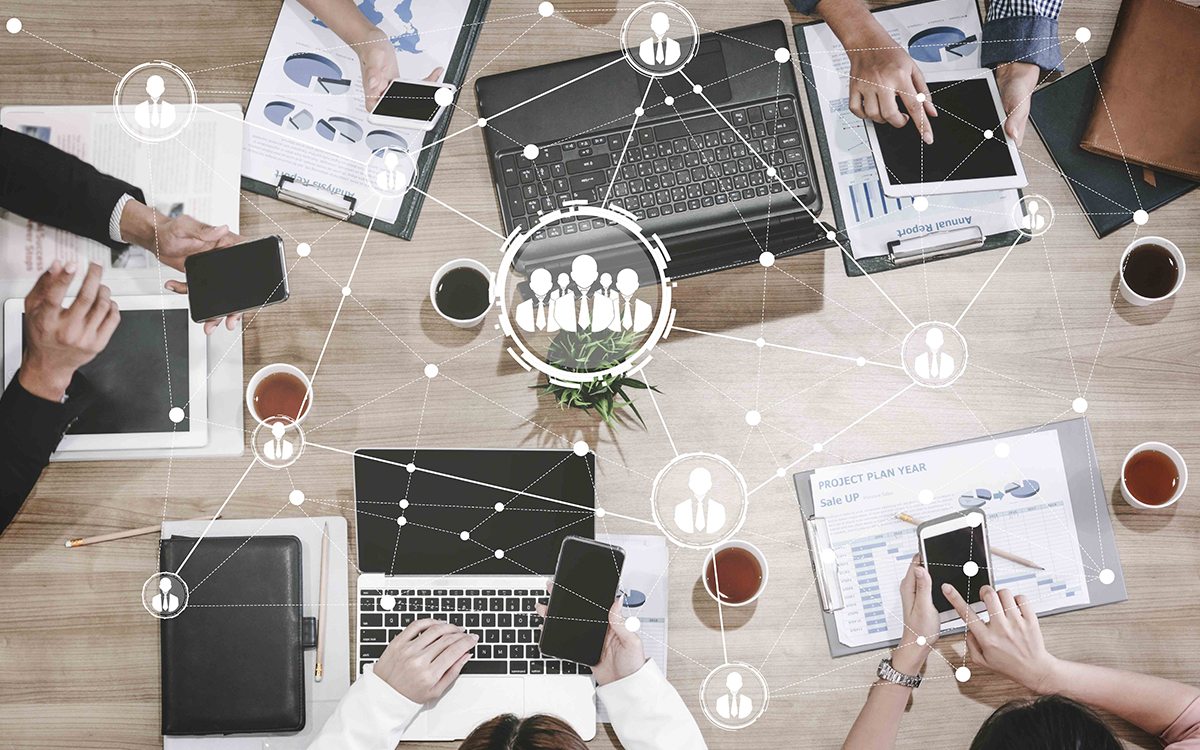We are all familiar with work-life balance, but with work frequently being done at home, it has become more necessary than ever to emphasize that life should take precedence over work. To find that balance, organizations need workforce analytics and tools to gather data and help employees boost their productivity and overall well-being.
Leveraging available tools such as workplace analytics and AI can help uncover insights on employee practices and habits, which leaders can use to develop effective return-to-office strategies. Here are some of the discoveries from well-known companies after turning on data analytics for the workplace and their return-to-office strategies.
Workplace Analytics
Microsoft wanted to learn more about the disruption and with an ultimate goal — determine how to nurture and improve employee well-being in times of crisis.They used Workplace Analytics to measure collaboration patterns of its team members and analyzed metadata — email, calendars, and IMs. Microsoft also took an extra step by gathering sentiments from employees.
The study showed that:
- Workdays became longer as employees were integrating buckets of personal time throughout the day
- Managers were collaborating more than eight hours per week, with increased frequency of one-on-ones
- There was an increase in IMs sent during lunch hour and after-shift and an increase in collaboration time during weekends
- There was a rise in 30-minute meetings
- Virtual social meetings went up 10% in a month
Given the valuable insights, Microsoft instituted changes which include:
- Recharge Fridays – meeting-free days to help employees focus
- Active promotion of the use of vacation days to unplug and relax
- Teams have also initiated regular one-on-ones in response to issues of isolation and burnout
Microsoft shifts the focus of its research as needed to continue supporting organizational health and business continuity.
Trust and Technology
Zoom, like many companies, had to shift employees from its brick-and-mortar setting to remote work and rely on their technology to ensure business continuity. Zoom is looking at a flexible, hybrid model for its next phase— mixing onsite and remote work.
Through Engaging and listening, the company made sure employees were actively involved in return-to-office planning and heard their opinions. An employee poll found that flexibility remains a top priority:
- Only 1% want to work full-time at the office
- Over 50% prefer a hybrid arrangement
- Around 25% want to work full-time from home
Trust and technology are cornerstones of Zoom’s strategy — banking on the trust they’ve developed among employees and the technology they’ve created to continue to operate the business successfully.
Science-based approach
When Disney reopened some properties several months after shutting its parks across the globe, it has devised and implemented a comprehensive science-based approach to health and safety led by its Chief Medical Officer.
Disney has been working closely with local, state, and federal public health officials, the Center for Disease Control, and other experts, such as epidemiologists and data scientists, to develop and implement their health and safety protocols in a science-focused way. Measures taken by Disney include:
- Keeping their people well-informed of facts and recent COVID developments — giving utmost importance to education
- Ensuring that employees understand why policies have been put in place and how this helps protect them and their families
- Instituting mandatory vaccination for employees and bringing back the policy to wear masks among employees and visitors — even those who are fully vaccinated
- Encouraging park customers to use Disney’s apps for digital and contactless transactions
Many of Disney’s theme parks have already reopened, and it continues to implement science-based safety, medical, and operational practices and standards across its properties.
Given these workforce analytics insights, it is adequate to say that leaders should prioritize employee needs in return-to-office strategies to go alongside their CX evolution efforts… It should center on employees’ health, well-being, physical safety, and psychological safety, encompassing their concerns and the support and flexibility they need.




